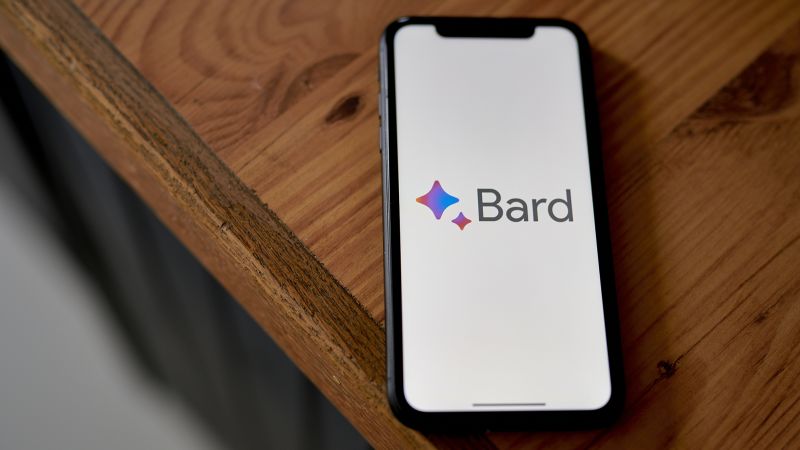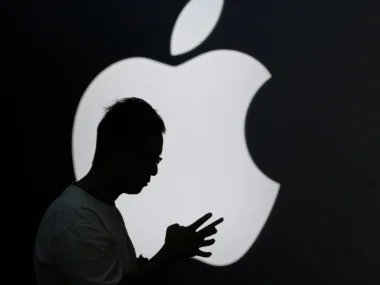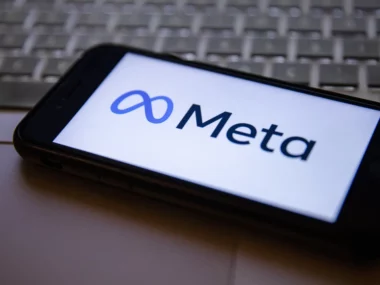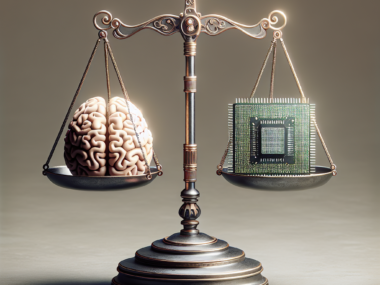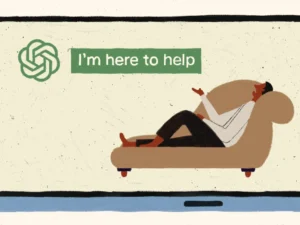Google’s Bard AI chatbot is undergoing significant changes. The company recently announced a series of updates that will grant Bard access to Google’s entire suite of tools, such as YouTube, Google Drive, Google Flights, and more. This expanded functionality will enable users to engage Bard in a broader range of tasks, like requesting assistance in planning a forthcoming trip, including real flight options, or asking it to provide summaries of meeting notes stored in recent Google Drive documents.
These enhancements go beyond just connecting Bard to Google’s other services. They also encompass the ability to converse with the chatbot in multiple languages, new fact-checking capabilities, and a comprehensive update to the underlying large language model that powers the tool.
This update represents the most significant overhaul of Google’s Bard in the six months since its widespread release to the public.
This development occurs in the context of a competitive race among tech giants like Google, Microsoft, and ChatGPT’s creator, OpenAI, to introduce increasingly sophisticated AI technologies for consumers. They aim to demonstrate that these tools are more than mere novelties. Google, in particular, is leveraging its widely used software programs to enhance Bard’s utility, as it seeks to catch up with competitors like OpenAI, which outpaced it with the release of its AI chatbot earlier this year.
Sissie Hsiao, the general manager for Google Assistant and Bard, emphasized the significant synergy created when these services work together. She stated, “These services in conjunction with one another are very, very powerful.” She anticipates that integrating the capabilities of these tools will result in substantial time savings for users, allowing them to accomplish tasks in just seconds or minutes that previously would have taken an hour or longer.
Previously, Bard’s capabilities were centered around tasks like generating essay drafts or assisting in planning events like a friend’s baby shower. These abilities were based on Google’s extensive language model, which is an AI algorithm trained on vast amounts of data. However, Bard is now being enhanced to incorporate data from various other Google services. With these new extensions, Bard will automatically tap into resources like YouTube, Google Maps, Flights, and Hotels.
This expanded integration enables users to make more complex requests, such as, “Provide me with a template for a best man speech and show me YouTube videos for inspiration,” or seek travel recommendations, including driving directions. Google also mentions that users will have the option to disable these extensions whenever they choose.
Furthermore, users have the option to connect their Gmail, Docs, and Google Drive accounts to Bard, allowing the tool to assist in analyzing and managing their personal information. For instance, users can ask questions like, “Retrieve the most recent lease agreement from my Drive and check the security deposit amount.”
Google assures users that their personal data within Google Workspace will not be used for training Bard or targeted advertising purposes. Users will retain the ability to revoke Bard’s access to their information at any time.
Google describes these extensions as the first step in a new capability for Bard, where it can interact with other apps and services to provide more helpful responses. They acknowledge that this field of AI is evolving and will continue to improve based on user feedback.
Google’s Bard is introducing a “double check” feature that empowers users to assess the accuracy of its responses. When users click this button, specific segments of Bard’s response will be highlighted, revealing where Google Search results either corroborate or differ from the information provided by the chatbot. This feature aims to address a common issue in AI known as “hallucinations,” where the AI confidently asserts information that may sound plausible but lacks factual basis.
Sissie Hsiao explained that Google is continually working to minimize these hallucinations in Bard, but in the interim, they wanted to provide a means to address them, likening it to a spell check for verifying facts.
Another noteworthy update to Bard allows one user to share a conversation with the chatbot with another person, who can then extend and contribute to the ongoing chat.
While Bard is still in its early stages and was initially launched as an “experiment” in March, it’s clear that Google is exploring ways to integrate generative AI into its various services. It’s important to note that Bard’s website still includes a disclaimer stating that the tool “may display inaccurate or offensive information that doesn’t represent Google’s views.”

